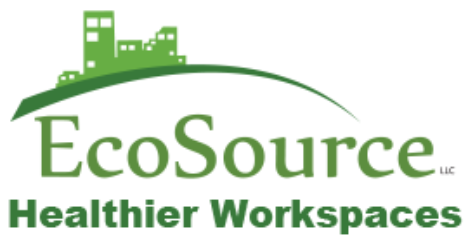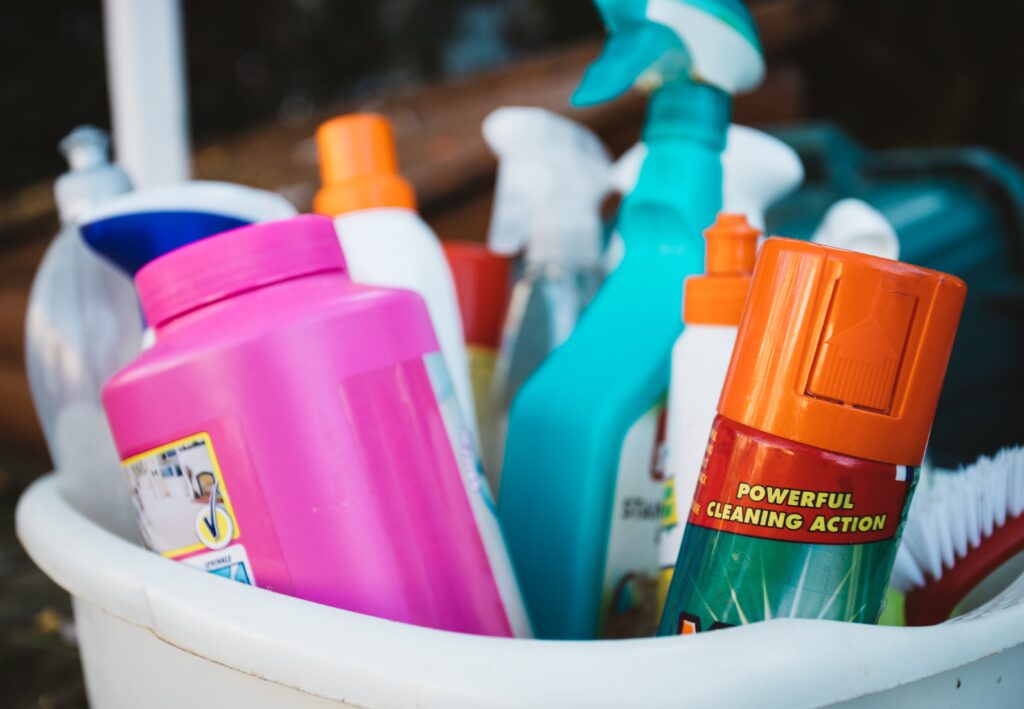
We’ve learned a lot about combating the public health crisis that is the COVID-19 pandemic over the last year and a half. Because of this, the CDC has a lot of information regarding how businesses should handle COVID-19 precautions, prevention, and in the event of exposure. Let’s simplify some of these items so you can understand what the CDC says for best practices for operating businesses.
Prevention methods
The CDC recommends using a variety of methods to prevent the spread of COVID-19, and not just relying on one method. That means that physical distancing, mask wearing, hand hygiene (for the recommended period of 20 seconds), and vaccination are all amongst the prevention methods you should personally take to avoid contracting COVID-19 and spreading it. The multilayered approach says to use the following:
- Social distancing (6 ft or more)
- Masks, face shields, or other protective equipment that catches respiratory droplets (over the nose and mouth)
- Hand hygiene (hand sanitizing and hand washing)
- Vaccination
Outdoors vs Indoors
The CDC recognizes that the indoors concentration of viral particles is more than most outdoor venues, and thus having an indoors event or gathering can be much more risky for people than carrying on outdoors. If possible, hold group events or meetings outside. However, some ventilation system upgrades can help mitigate viral particle load in the air. Ventilation upgrades cannot remove the virus entirely from the air, so the CDC suggests to use more than one method (i.e. ventilation upgrades, masking, and social distancing) to minimize risk. The CDC suggests consulting with a licensed HVAC contractor if you are interested in ventilation upgrades to increase central air filtration.
Introduce outdoor air
The CDC recommends opening windows and doors, if possible, and opening outdoor air dampers beyond minimum settings to reduce/eliminate HVAC air recirculation. This may be fine on spring, summer, and fall days, but might not be possible all days of the year.
Use fans
Introducing fans according to CDC recommendations can help move air from the outside to the inside and reduce HVAC air recirculation. Still, it’s important to avoid fan placement that will deliver contaminated air directly from one person to another. Ensure exhaust fans are functional and free of obstruction during use.
Use UVGI
Ultraviolet germicidal irradiation, or UVGI, can be used as supplemental treatment to inactivate the COVID-19 virus when other options are limited.
When to Clean and Disinfect
The CDC recommends cleaning once daily when no people with confirmed or suspected COVID-19 have been known to have occupied a space. “Cleaning” means cleaning with a product with soap or a detergent that can reduce germs on surfaces. “Disinfection” is the act of killing any remaining germs on surfaces. The two should not be confused, as cleaning and disinfecting are two different things.
Cleaning can occur more frequently, as well as disinfecting, in shared spaces and high traffic areas, especially if there is no knowledge of the history of the individuals coming into the space (i.e. a public space like a bank or store). You may also want to clean and disinfect more often if your community has a high transmission rate, and a low vaccination rate. Additionally, if preventative measures are not being used such as hand hygiene or mask wearing, you will want to clean and disinfect more often.
Coming up with a routine cleaning schedule is important to ensure that you’re keeping yourself, your employees, and your customers safe. Read more about coming up with a cleaning schedule at the CDC’s website.
Disinfection solutions and chemicals
The CDC provides a list of EPA List N approved chemicals and solutions that can combat COVID-19 by weakening and destroying it. It is important to always follow the directions on the label for proper disinfection, and to use the correct kind of PPE as determined by the label. Disinfectants should never be applied on the skin. Alternative disinfection methods such as LED blue light, high intensity UV radiation, and ultrasonic waves have not been proven effective against COVID-19 currently.
When a COVID-19 exposure occurs
If a sick person has been in the space less than 24 hours ago…
The CDC states that you should clean and disinfect the space right away, especially if it is being currently occupied.
If a sick person has been in the space more than 24 hours ago…
Cleaning the space should be a good enough measure according to regular measures.
If a sick person has been in the space more than 3 days ago…
Continue daily cleaning practices. No other action is required.
Contact tracing & Patient consent
When a person at your workplace contracts COVID-19, it is important to work with the employee to determine where they may have been, and who they may have come into contact with. Since COVID-19 is a nationally notifiable disease and needs to be reported to health departments who will assist with the bulk of contact tracing and outbreak investigations. However, it is also important not to break patient privacy according to the ADA and more. This may mean not disclosing certain information pertaining to the employee.
Get Vaccinated
The best preventative measure is having a fully vaccinated workplace. Though you may be wary to implement a vaccine mandate at your workplace, you can offer workplace incentives for vaccine recipients. These incentives can help people feel more secure about receiving the vaccine. For example, many employees worry about taking time off because they do not feel well following a vaccination. Allow employees to take time off of work to get the vaccination, and allow them to take a day off of work following the vaccination so they don’t feel pressured into using personal, saved up time just for getting vaccinated. You can also assist employees in finding vaccination sites near them by telling them about nearby sites.
There are still plenty more things the CDC has to say about workspaces and COVID-19 prevention, so make sure to check out the CDC’s website and OSHA guidelines to make sure you have the most up-to-date and detailed information. Stay safe!





